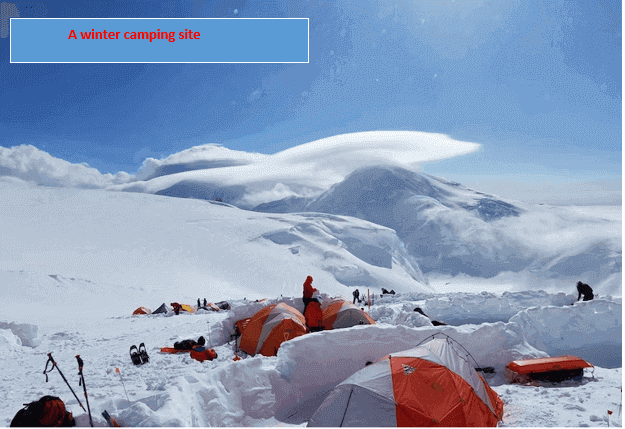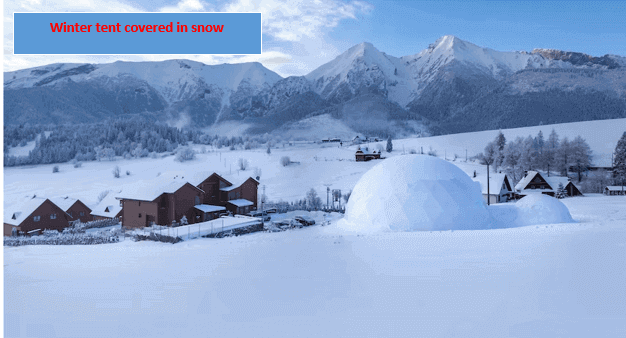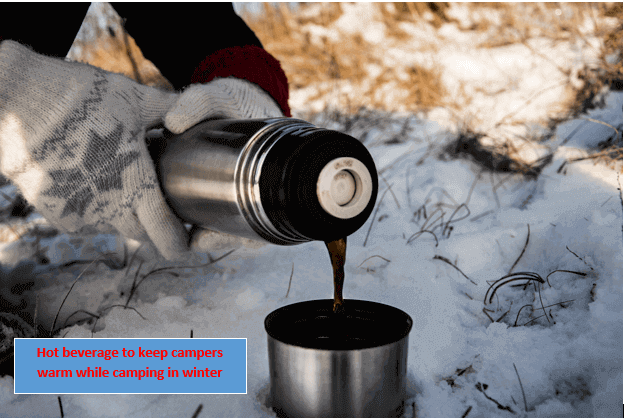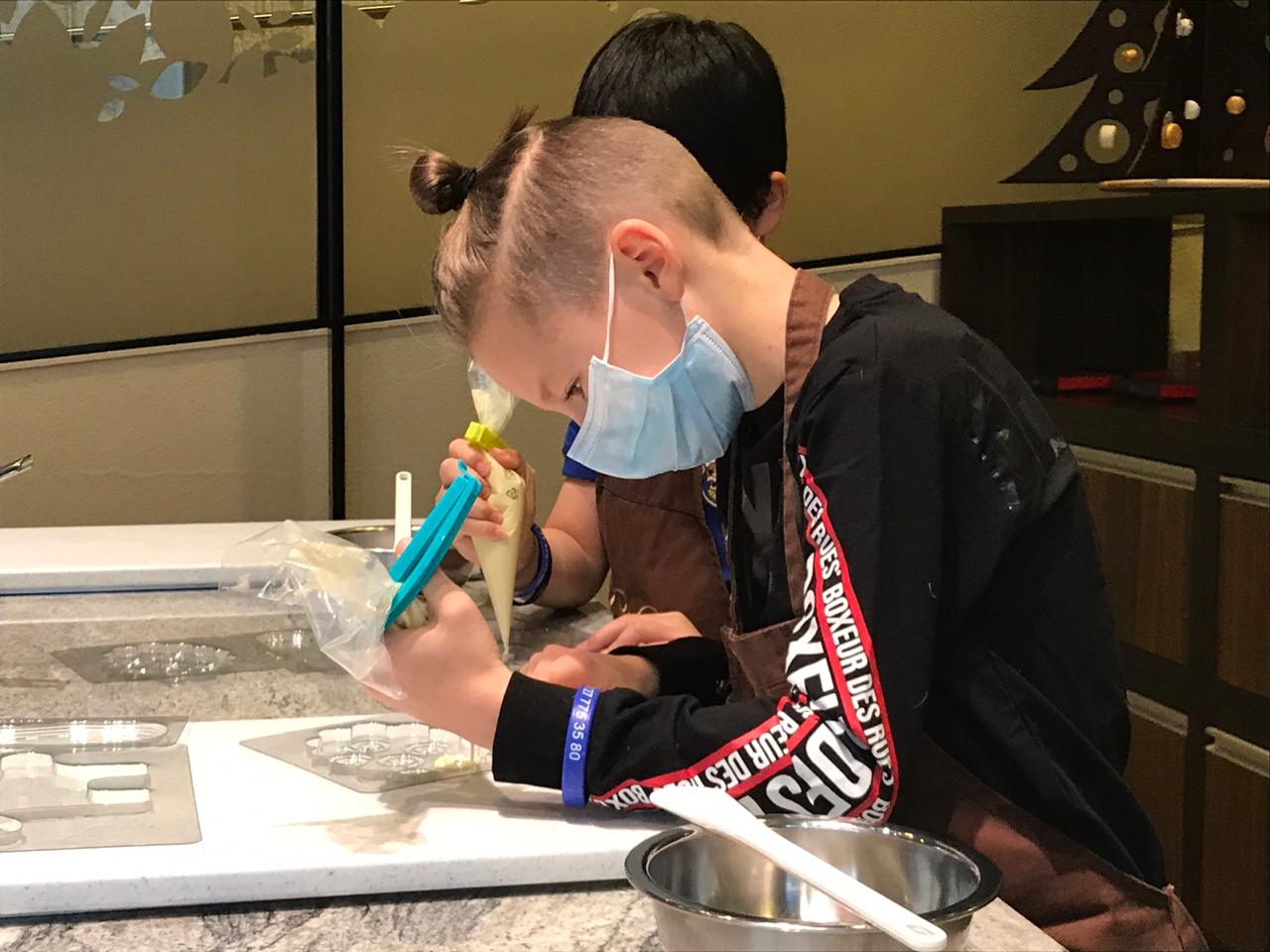For nature lovers who enjoy the cold weather, winter is the ideal time to go camping and enjoy the outdoors. Frozen rivers, snow-covered forests, and icicles form incredible scenery. However, many high school students want to remain indoors when the temperatures are freezing. This means campers can enjoy uncrowded areas, engage in various camp activities, and have fun. To enjoy a smooth camping experience, a safety plan for high school students in winter camp is crucial.
Read on to learn about preparing for winter camp, what to pack for a winter camping trip, cold-related illnesses to avoid, and how to remain safe during the winter camp season.
How do you Prepare for Winter Camping?
During the warm weather, numerous people flock to summer camps to enjoy nature and engage in fun outdoor activities. On the contrary, only a few people want to go camping under snow conditions. You don’t have to wait until the summer season to go camping. Through practice, you can soon get used to camping in the cold weather, getting opportunities to continue camping during winter when the day camps are less crowded.
While winter camp has numerous benefits, like avoiding bug bites and crowds, it can be dangerous. That’s why it’s critical to prepare yourself accordingly for your trip. Preparing for your trip is more than the enrollment and check-in process. Preparing for your first day in winter camp can take weeks, based on how much campers have in terms of their supplies, the amount of inclement weather they can tolerate, and their previous camping experience. Are you considering going or enrolling your children in winter camping? Here are tips to prepare and determine whether the trip is ideal.
· Read the Weather Forecast

Read the weather report at your destination and check for any warning notifications. Doing so will help you predict the conditions to expect throughout the trip. Overrate cold weather conditions o be on the safe side. For instance, if the weather forecast predicts -5 degrees, pack clothes to help you survive -10 degrees. That way, severe weather changes won’t catch you off-guard.
· Assess Your Equipment
Check and confirm your equipment to ensure you have everything you need and that it’s working appropriately. While many winter camp facilities will provide all the gear elementary school campers need, it’s crucial to pack essential staff. Pack extra batteries to use if you already have run out of power.
When camping in off-grid areas, ensure you have a power bank to cater to your needs. Other essentials to prepare include facemasks, thick-soled walking boots, warm clothing, a first aid kit, maps, and compasses. You’ll also need to confirm your vaccination status and the CDC safety requirements at your destined camping destination.
· Understand the Road Conditions
The core difference between regular and winter camping is accessibility to critical supplies should things go wrong. When the roads are snow-filled, fewer resources and rescuers can assist campers out of the wilderness. The camp staff understands what to do in case of an emergency. However, you must prepare timely pick-up and drop-off facilities, especially if you go to day camps. If reports show poor road conditions, consider postponing the trip until it’s safe to drive to the camping site.
· Prepare for Sudden Weather Changes
When camping during winter, you must understand that the weather can change drastically due to factors like wind direction, speed, intensity, and precipitation type, as well as temperature changes across the day. Prepare for poor weather by packing sufficient clothes to keep you warm in the worst weather conditions.
What are Some Things to Pack for Winter Camping?
Whether preparing for a one-day or week-long winter camping expedition, having the appropriate equipment is crucial for your well-being and health. While snow-tucked topography can be magically alluring, such trips can turn uncomfortable and tragic within seconds, especially if you are inadequately prepared. Here are some essential things you should pack for your winter camping trip.
· Winter Tent

Even if the winter camp facility provides camping essentials onsite, packing a winter tent can be handy if you want an adventurous experience. In this case, a 4-season tent can be ideal, especially if the weather forecast calls for sub-zero and snow temperatures. These tents come with a thicker fabric and sturdier poles to prevent them from blowing off during chilly weather or allowing snow to soak through.
· Sleeping Bag
Your sleeping bag should be designed for temperatures lower than the coldest degrees expected for the winter camping trip. If you are expecting wet conditions, ensure your sleeping bag is waterproof and made of synthetic materials. The sleeping bag should also have an insulated sleeping pad to offer an extra layer between the cold winter surface and your body. Your sleeping pad should have a high R-value, featuring the highest insulation to ensure you remain warm all night.
· Hiking Backpack
Whether hiking or driving to your campsite, a hiking backpack is a must-have winter camping essential. Winter camping gear is usually heavier and more significant than summer camp gear. As a result, your winter camp backpack should be large enough to accommodate and keep your camping gear dry. Ensure your bag is waterproof to keep rain, ice, and snow away. Further, the backpack should be comfortable to carry for prolonged periods regardless of the activities you engage in or the length of the trip.
· Hiking Boots
Hiking boots should be insulated and waterproof to protect your feet from icy streams, damp snow, and frostbite. Your hiking boots should have the proper traction because ice and snow can be slippery, leading to falls.
· Winter Socks
Warm winter socks add an extra layer of protection to insulated hiking boots. Find socks made from synthetic fabrics or merino wool because they are moisture-wicking and warm.
· Gaiters
Gaiters are critical, especially when hiking snowy winter terrain. Skiers wear hiking gaiters over their winter boots to prevent snow and ice from penetrating their pants or shoes.
· Crampons
If you plan to do lots of challenging activities like sledding or jumping jacks, crampons are essential. They add an extra grip to your hiking boots, preventing you from slipping and falling as you move through rugged terrain.
· Base Layer
A base layer is a critical part of your winter camping essentials. It helps trap warmth close to the skin, wicks moisture away to keep the skin dry, and insulates the body from cold. Campers will likely generate sweat during winter camp activities. Freezing conditions can trigger hypothermia or a chill if sweat remains on the skin. The ideal base layers are made from merino wool because it’s odor resistant, soft, and warm. If the camping trip lasts a few days, one set of base layers will be enough. However, if the winter camping trip will last more than a week, pack an extra set.
· Mid Layer Clothing
The mid-layer clothing is crucial in ensuring your body retains heat. The mid layer should not be overly bulky under the outer layer of clothing, but it should be able to balance temperature management under cold yet active conditions. Synthetic insulated or puffy down jackets are ideal, while heavy fleece jackets can also be a great option. Choose long heavyweight underwear or fleece pants for the mid-layer for enhanced comfort.
· Outerwear Clothing
Ensure your outer layer clothing is windproof and waterproof. Remember, temperatures are unpredictable and can change fast. Proper outer layer clothing should be more wind resistant, thicker, and warmer than the average hiking pants. These keep off wind and water and trap warmth close to your body.
· Winter Gloves
Mittens and gloves are excellent for keeping your hands warm during winter camping. While mittens are warmer, waterproof and insulated gloves, allow you to do things around the campsite without exposing your hands to extreme cold weather.
· Hand warmers
Warming your hands during a winter trip can be relieving and comforting. Carry good hand warmers to last the entire camping trip. Carry an extra battery if your hand warmers are rechargeable.
· Stove
Starting a fire during winter can be challenging for staff members at the winter camping facility. However, carrying your own stove helps you use it whenever you need warm beverages and hot water for your hot water bottles to keep the tent comfortable during the night.
· Thermos

While a thermos is not an essential item for the winter camp gear list. You can use your thermos to store your hot drinks such as tea, coffee, hot cocoa, or even water.
What are the Types of Cold-related Injuries?
Cold-related injuries occur after exposure to icy environments while engaging in physical activity. Besides being uncomfortable and life-threatening, exposure to cold weather can impair a camper’s performance. Common cold-related injuries include:
- Blisters may occur due to poorly fitting footwear and friction from wet socks, causing blisters on the heels, feet, and toes.
- Strains and sprains. Connective tissue and cold muscles have reduced elasticity, making them prone to injury. Falls are likely to occur when activity performance is reduced during cold weather. Often, soft tissue injuries are severe. Muscles and ligaments around the shoulder, knee, spine, and wrist joints suffer fall-related injuries during snowboarding or skiing.
- Frostbite occurs when skin tissues freeze. Ice crystals around and inside the skin cells restrain blood movement across the capillaries, depriving the skin of oxygen and other essential nutrients.
- Hypothermia occurs when the body temperature drops below 35°C. Symptoms of hypothermia include lack of coordination, drowsiness, and shivering. The affected person can become unconscious or even die if not attended to immediately.
- Head injury occurs due to the high-speed character of snow activities. Impact injuries on the head can have severe health consequences. Suppose you or a colleague sustain a head injury during snow activities camp medical staff should attend to you immediately. Don’t engage in snow activities unless you have clearance from the health department in your local area.
Safety Plan for HighSchool Students in Winter Camp
Winter camping is synonymous with cold temperatures. However, that shouldn’t discourage you from attending an overnight snowshoe or ski tour event at the base camp. Here are safety tips to help you enjoy your winter camping trip.
· Dress in Layers
Dress in multiple layers, including base and mid layers, shell, and puffy jackets. These clothing give you more control over controlling your body temperature. As you engage in daily activities, your body will generate heat. It’s crucial to avoid sweat as much as possible because when it dries, it cools and wraps you in a cold cushion. Regulate your body heat by subtracting and adding layers to prevent sweating, a core component of remaining warm during winter adventures.
· Remove Sweaty Clothes
Pack an extra base layer to help you change your clothes. When you settle down after a long day of activities, remove all your sweaty clothes and change into a new set of dry clothes. Doing so helps your body rebuild warmth. Layer up as much as you can to feel comfortable. Wear a parka-grade puffy jacket on top to complete your look. During freezing nights, consider wearing a hard-shell jacket over your puffy. Shell jackets trap heat well, giving you all the warmth you need to stay comfortable.
· Use a Sleeping Bag and a Quilt
Finding the right winter gear that provides warmth but remains compact and light can be difficult. This is where you need to use your sleeping bag and a featherweight quilt. Today, manufacturers use advanced materials to make quilts and sleeping bags lighter yet more efficient. A featherweight quilt protects you during the coldest nights giving you an additional layer of ultralight warmth for added comfort.
· Use Two Sleeping Pads
While your winter camping mattress insulates your body against the cold, snowy grounds, sleeping pads add more insulation and warmth. A sleeping pad’s R-value determines its thermal resistance. Two sleeping pads have a higher R-value to give you extra insulating power.
· Go to Bed in a Balaclava
You lose lots of heat via your head, but you can increase body heat by covering it. Jacket hoods and beanies often slip off while you sleep. However, a balaclava stays put, trapping in the heat you need to be comfortable. Further, it has a breathing hole to facilitate ventilation. Layer your balaclava under a hood or beanie for added warmth.
· Place a Hot Water Bottle in Your Core Area
Place your hot water bottle around the groin area. Here, it will warm the blood that flows across your body, reaching all your boundaries and heating your entire body faster. The difference is significant, and that little trick can keep you warm during the rest of your time at the winter camp. Always exercise caution when handling hot water to avoid burning yourself. Ensure your hot water bottle lid is tightly closed to prevent leaks.
· Vent the Tent
Airflow inside your tent is critical during winter camping. When you breathe, you release hot gas inside the tent. Once these water droplets rest in the cold tent or fabric, condensation occurs. Partially opening the vents of the tent prevents the tent from freezing.
· Eat and Hydrate Sufficiently
The body burns calories to remain warm. As a result, constant snacking keeps your body warm. High protein and high-fat foods burn slower at night than their high-carb counterparts, keeping you fuller and warmer for longer. Hydration plays a huge role in how your body operates under cold conditions. Dehydrating yourself prevents you from remaining warm. Drink sufficient amounts of water to reduce fatigue
Finally
While winter camping is not as popular as summer camping, it can be fun and exciting, especially for high school students keen on discovering new things. The tips in this article will help you remain comfortable and safe during your winter camp trip.
Always research before sending high school students to a backcountry winter camp facility. Try to get answers to as many FAQs as possible to ensure campers will be safe at the camping facility. Read about their refund policy, too, to prepare for any eventualities. Contact us today to book a winter camping slot for your high school student.









